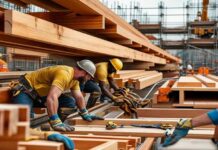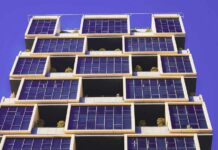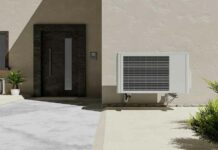Not many people understand the impact of the type of windows they use on the environment. For instance, the traditional single-pane windows can cause you to pay more energy bills during different seasons. As a result, window replacement has become a vital part of maintaining a sustainable, eco-friendly environment.
With proper education and advertisements from window installers, more homes are incorporating the use of energy-efficient windows. The windows are as functional as they’re aesthetic, reducing waste and energy consumption and beautifying your home. This article gives full details on the positive impact of replacement windows on the immediate environment and the planet as a whole.
The Role of Windows in Energy Efficiency
Single-pane and older-model windows are commonly used in homes because they are cost-effective. However, what people don’t know is that they’re actually paying more in energy bills after installing them. The older model of windows causes significant heat loss during winter and heat gain during summer. You’ll find your HVAC systems working harder than normal during these times, racking up bills for you and causing strain on the system. Other than the energy bill, you might have to budget for repairs or new HVAC systems in the long run.
This is one of the main reasons why replacing your windows can improve energy efficiency and positively impact the planet. According to a report by the U.S. Department of Energy, you can save 25% to 30% on energy consumption and bills if you use energy-efficient windows. It also means lesser greenhouse gas emissions from power plants, minimizing the carbon footprint of your homes.
Eco-Friendly Materials and Manufacturing Processes
With technological advancements and concerns about environmental pollution, manufacturers now prioritize eco-friendly materials. Traditional windows are most commonly made of non-recycled vinyl and aluminium. However, this is changing, as recycled vinyl, fibreglass, and wood, such as timber, are now used.
Recycled vinyl reduces the need for virgin plastic production and landfill waste. Fiberglass takes less energy to produce and gives proper insulation properties. Wood is a natural insulator that keeps the home warmer for longer periods.
Better Durability and Longer Lifespan
The new, energy-efficient windows are designed to last for a long time. A high-quality window, when properly maintained, can last between 20 to 40 years. This prevents unnecessary resource consumption. Your home will also be well-insulated for the longest period, saving you costs and benefiting the environment.
Reduced Landfill Waste
A significant positive impact of window replacement is in waste management. The older models typically end up in landfills, causing environmental pollution. With newer models, recycled vinyl and fiberglass can be recycled, reducing landfill waste. Some companies also provide solutions to help dispose of old windows where they can be used for decorative features, such as garden frames.
Green Building Standards
Companies seeking green certifications, such as the Leadership in Energy and Environmental Design (LEED), can position themselves with replacement windows. Changing your older windows is an excellent way to attain sustainability goals. Not only changing outdated windows but also choosing expert window installers who value sustainability and energy efficiency. Zen Windows is a prime example of a window installer who respects environmental sustainability when offering replacement windows Grand Rapids. Your company gets higher ratings for using energy-efficient windows, promoting eco-friendliness, and improving energy performance.
Endnote
If you’ve been observing high-energy bills during summer and winter, then it’s your clue to change your old windows. Not only will you make your home energy-efficient, but also push the planet towards sustainability. Choosing eco-friendly materials contributes to a greener future for you and for generations to come.





























